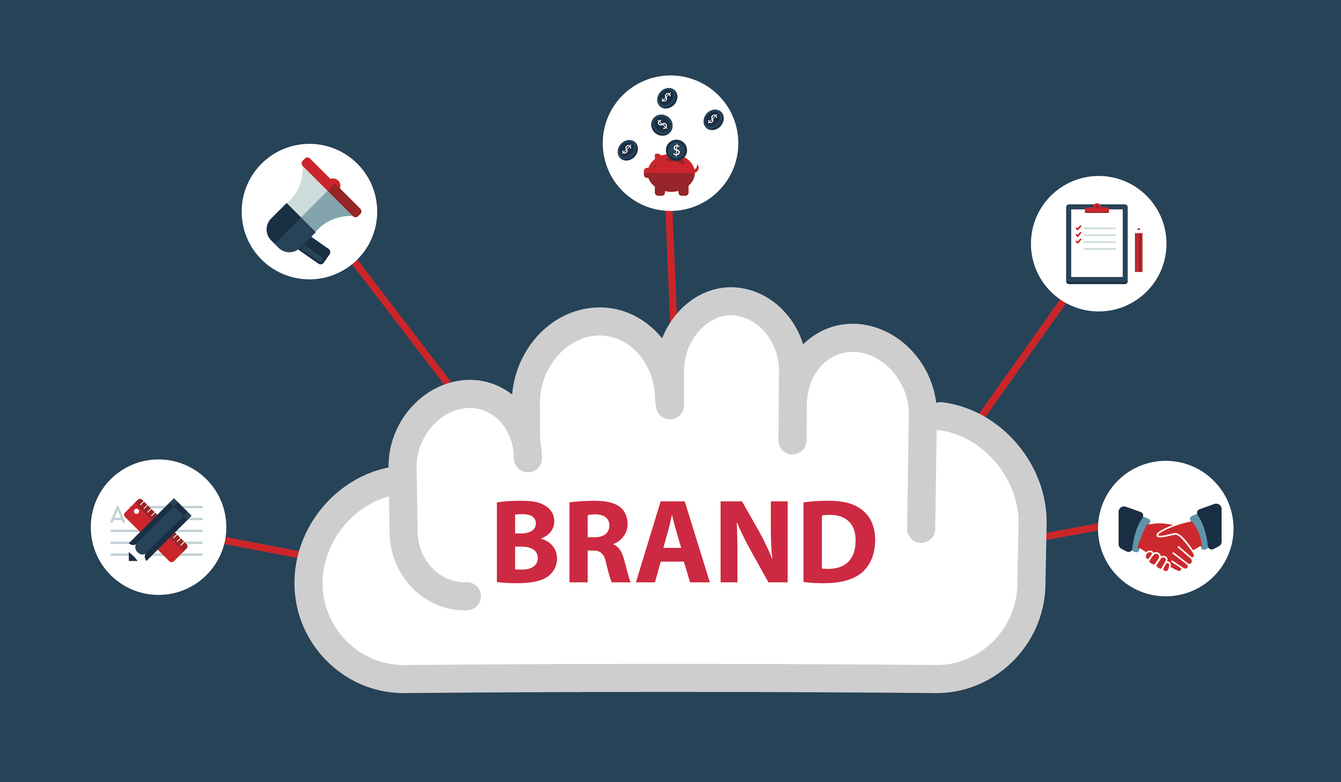Part 1: What is an Employer Brand?

In a constantly changing and evolving environment, where employees and companies face many challenges, how can a company implement winning qualities to ensure its permanence in the market? Human resources certainly comprise one of the determining factors for a company. The development of a stable, competent workforce committed to its mission is a critical challenge for a company’s success. Unfortunately, this cannot be found just anywhere! Many companies would love to unlock the secret to attracting and keeping talented and engaged employees!
In fact, the secret is less and less of a secret: the reputation of the employer, the employer brand, is the key.
What is the employer brand?
It is the company’s personality, the reputation and image it projects to its clients. The employer brand is also the organizational culture and values that the employees identify with. In a manner of speaking, it’s the DNA of the company! It also comes from the benefits offered to its employees—economic, social, functional, and psychological.
Why is it important?
What is the impact of a strong employer brand for a company? Among other things, it creates strong workforce attraction and retention, which lead to significant savings in labour turnover costs. That alone is a strong positive, but not the only one: real and undeniable effects on staff motivation, workplace atmosphere, and employee productivity have been noted. In recent years, studies1 have all concluded the same thing: companies with a well-developed employer brand report a greater sense of belonging and more commitment among their staff, and therefore a higher organizational efficiency, even before including a deeper pool of qualified labour for recruitment! Aren’t all these winning conditions for a company?
How can you work on your employer brand?
Once one recognizes that a strong employer brand is key to the sustainability and durability of the organization, how does one develop it? In fact, there is no ideal recipe or strategy that could apply to all companies; organizational structures and environments are too different from one company to another. However, one aspect that makes all the difference, regardless of the size of the organization is: “(…) it must be imperative for companies to foster those value dimensions that attract potential employees: social value, which encompasses the social image of a company, including a respectful environment; friendly relationships among co-workers; and a ‘people-first’ attitude, which attracts employees even more than the good reputation of products or company.”2 Obviously, an organization must also invest in the promotion of a good reputation. But most of all, it is the values promoted within the company that will make the difference.
And then?!
Once convinced that this is the determining element, how do we, as managers, start developing a solid employer brand? Begin by identifying the current company culture. How? For example, make good use of an organizational values test. While this test can be used in a number of contexts (e.g. company mergers, organizational development, benchmarking), it is designed to identify convergences between the employees’ values and those of the organization. This first step demonstrates where current employees stand in relation to the company as a whole by identifying the organizational values of each employee and of the company itself. This will better equip the company to position itself, and even define its personality, in view of its organizational culture if it is not already deeply anchored in its employees. This is an excellent starting point for any company that wants to stand out in the market and it provides an effective solution for a number of challenges concerning your human resources.
References
1. 2013 study of Best Employers (Asia-Pacific, Canada, Central and Eastern Europe, Latin America, Canada, and the Middle East) and 2014 Aon Hewitt research on employee engagement.
2. Bodderas, Mareike et al., (2011), “The influence of the employer brand on employee attitudes”, Journal of Services Marketing, Vol.25 No.7, pp. 497-508.
